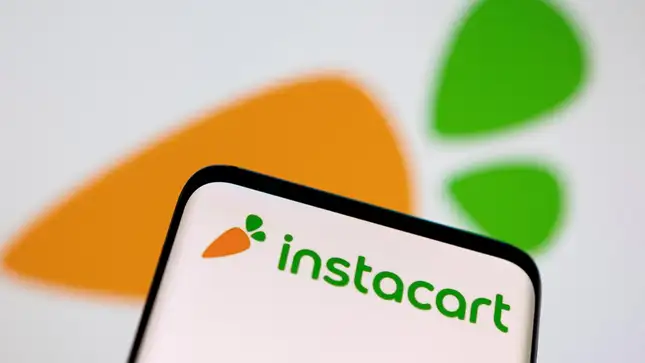Instacart, the trailblazing grocery delivery startup, has undergone a remarkable metamorphosis since CEO Fidji Simo took the helm in 2021. The company, once solely reliant on grocery delivery, found itself at a crossroads as the pandemic-induced delivery surge waned. To chart a new course, Simo, a former Meta executive armed with advertising acumen, decided to diversify the company’s revenue streams.
One of the boldest moves was amplifying Instacart’s 2019-born advertising initiative. This clever strategy allowed food brands to pay for top-tier real estate within the app, ensuring their products were front and center. The gamble paid off, as the company recently disclosed that profitability had been achieved, largely thanks to the success of its advertising and software sales. These ventures contributed a substantial chunk, almost a third, of its impressive $2.5 billion in revenue the previous year. In the first half of the current year alone, the company raked in a whopping $406 million from advertisements and software sales, ultimately driving a sweet $242 million in profit.
Despite this financial feat, Instacart’s allure for investors remains enigmatic, partly due to a series of valuation reductions, most recently to $10 billion. In preparation for its IPO, the company has set a share price range of $26 to $28, pegging its midpoint valuation at $8.9 billion. Instacart plans to make its stock market debut on the NASDAQ exchange, following in the footsteps of the British chip designer Arm.
Simo’s strategic prowess also led to acquisitions aimed at fostering stronger ties with grocery retailers. One notable purchase was Caper, a startup that birthed an electronic shopping cart designed to elevate the shopping experience while equipping retailers with robust purchase tracking capabilities. Instacart snagged this innovative venture for a cool $350 million in October 2021.
However, hurdles loom on the horizon. Instacart finds itself heavily reliant on a select few grocery retailers, such as Kroger and Costco, for a substantial portion of its orders. This dependence poses a vulnerability, as a shift by these retailers to a competitor could spell trouble. Moreover, the core grocery delivery business has hit a plateau, as revealed in Instacart’s prospectus. While there was an 18% uptick in grocery orders last year, the numbers have remained stagnant in the first half of this year compared to the same period a year earlier. This stasis could potentially impact the lucrative advertising business if there aren’t enough delivery customers to whom those enticing ads can be served. Instacart’s transformation journey, while promising, is certainly not without its share of challenges.



